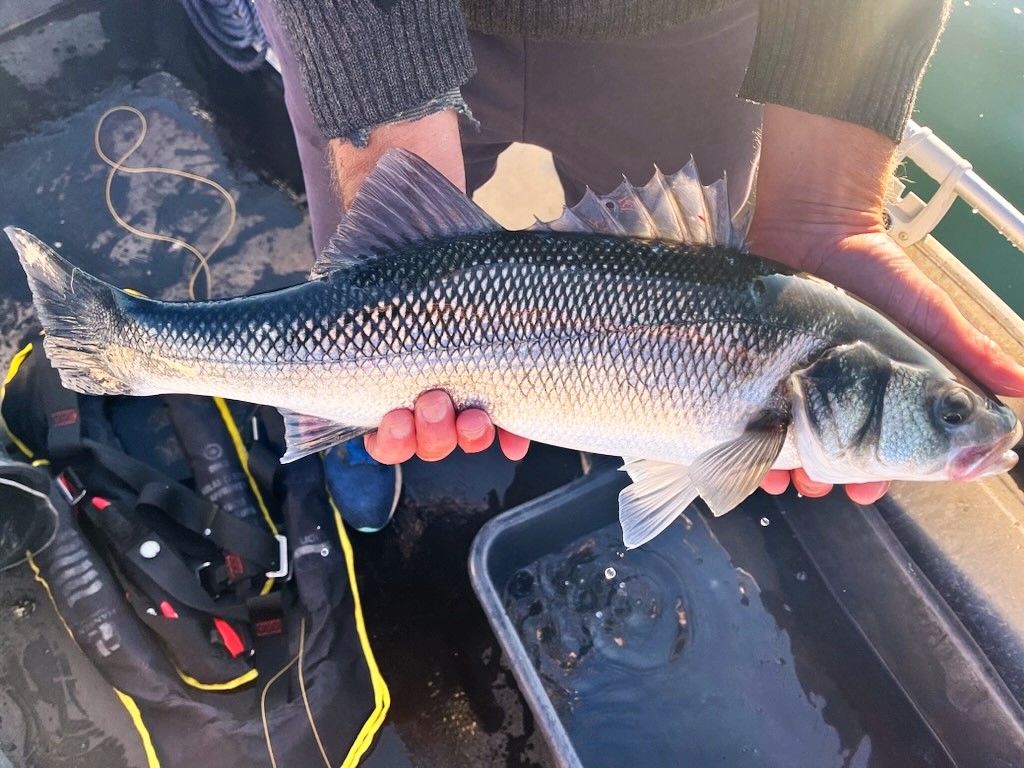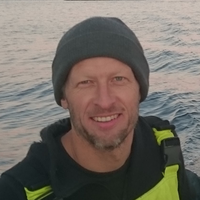Project: MOVE – protecting the functional role of mobile predatory fish in coastal ecosystems
| Period | 01. mars 2023 - 28. februar 2027 |
|---|---|
| Financed by | EU Biodiversa+ (Biodiversa2021-28); Forskningsrådet (prosjekt 342427) |
| Partner(s) | National Centre for Scientific Research, France (CNRS); Centre of Marine Sciences, University of Algarve, Portugal (CCMAR); Institute of Marine Research, Spain (IIM-CSIC); European Tracking Network (ETN); Universitetet i Agder (UiA), Nasjonalparkstyret Raet |
| Projects is lead by | Institute of Marine Research |
Coastal predatory fish play crucial roles in marine ecosystems. Their capacity to move across large areas facilitates nutrient transfer and carbon sequestration, while their specialized behaviours, including habitat preferences and foraging strategies, shape their ecological roles. From an evolutionary standpoint, this individual variability provides the basis for natural selection processes. However, conserving these behaviours poses challenges.
The existing European network of Marine Protected Areas (MPAs) mainly consists of small, isolated zones, often inadequately designed to account for the mobility and ecological fitness of predatory fish. MOVE seeks to address this by evaluating the movement patterns—or "movescapes"—of these species, providing crucial data for the design of more effective, connected MPA networks.
MOVE's primary goal is to improve the conservation and sustainability of coastal predatory fish populations across Europe, thereby strengthening the resilience of coastal social-ecological systems. By mapping movement patterns and assessing ecological connections, the project will provide actionable insights to inform MPA management and broader conservation strategies.
Central to MOVE is co-production, involving direct collaboration with stakeholders such as fishers and managers at every stage of the project, including the formulation of study designs and research questions. Through participatory workshops, surveys, and active involvement in fieldwork and fish tagging, stakeholders will contribute to shaping the research.
The project will employ telemetry tracking of tagged predatory fish across networks of receivers within and around current and potential MPAs. By integrating fish movement data with information on MPA size, protection levels, and species distribution, MOVE will generate comprehensive maps of fish movescapes. Key findings will be distilled into accessible reports and policy briefs, providing recommendations for national and European authorities. These outputs will inform MPA network designs, including movement corridors and climate refugia critical for predatory fish conservation.

Published: 27.01.2025 Updated: 11.04.2025

